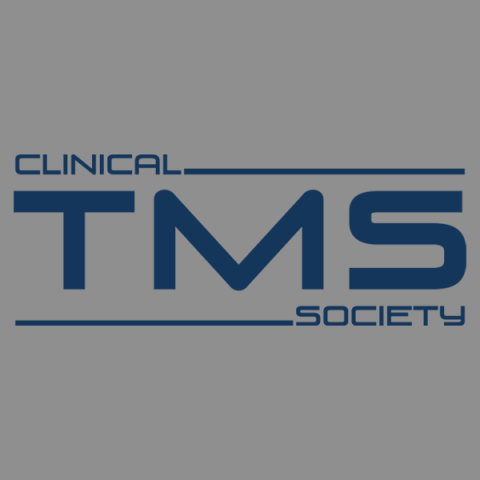
Wed, 03/29/2023 - 08:39
Updated Theta Burst Statement*
Intermittent Theta Burst Stimulation (iTBS) is a TMS treatment protocol that was cleared by the FDA for severe Major Depressive Disorder (MDD) in 2018 based on a non-inferiority study comparing it to a standard 10 Hz protocol.1 Since the clearance of iTBS for MDD, additional clinical trials have verified the clinical efficacy and safety of iTBS for depression treatment and it has become commonly used in clinical practice.2,3 The clear preponderance of evidence supports that once per day iTBS delivered to left dorsolateral prefrontal cortext (DLPFC) has similar acute outcomes in the treatment of MDD as compared to 10 Hz treatment, and therefore iTBS should be considered a valid alternative to the standard 10 Hz approach. There may be individual differences in response to either intervention. TMS physicians should exercise caution when considering a switch between protocols in an individual patient as outcomes may not be the same.